Arnold O. Beckman Legacy Project
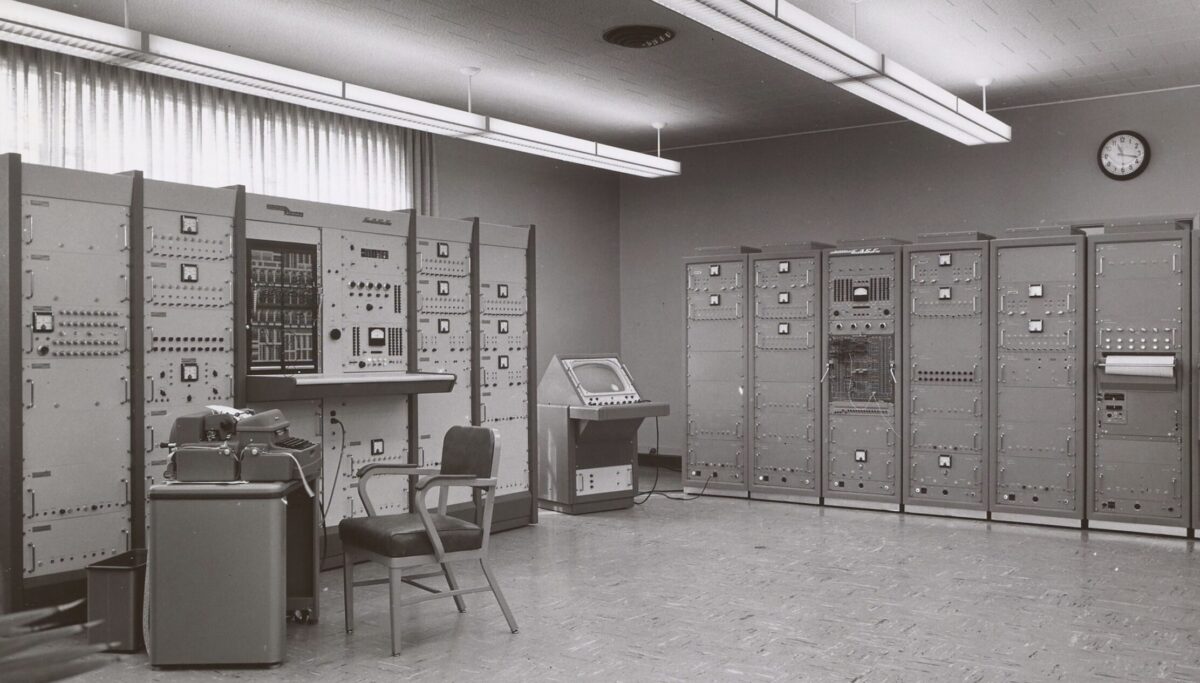
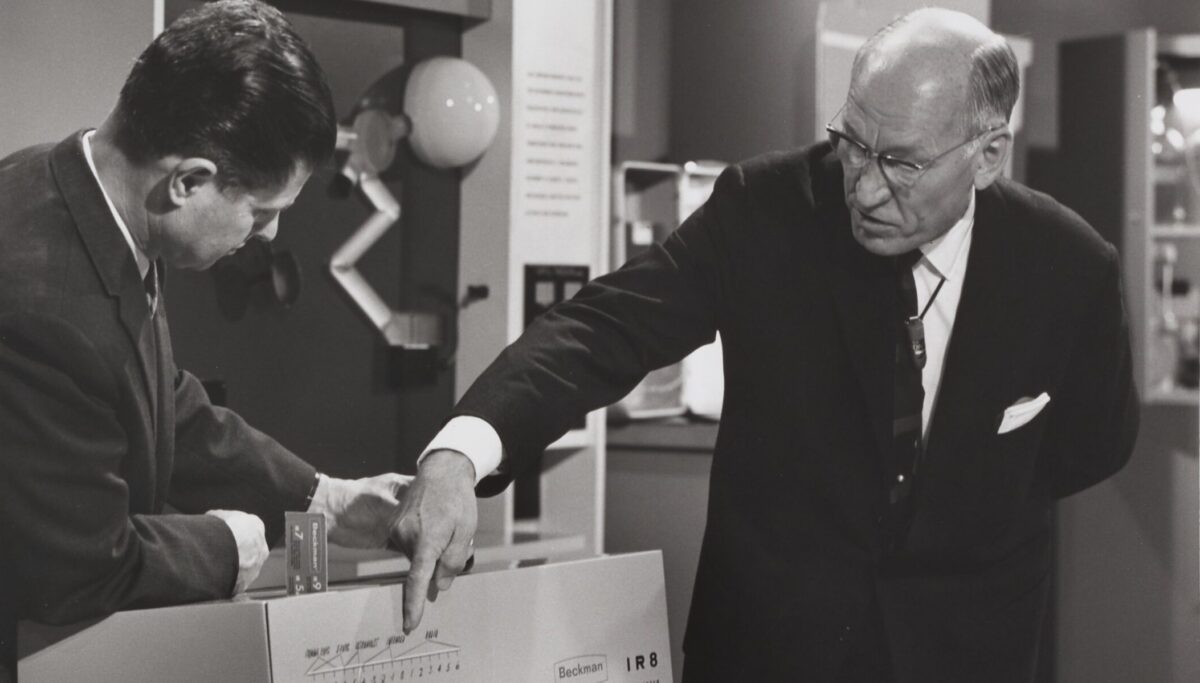
Arnold O. Beckman on the set of Science in Action, 1962–1963.
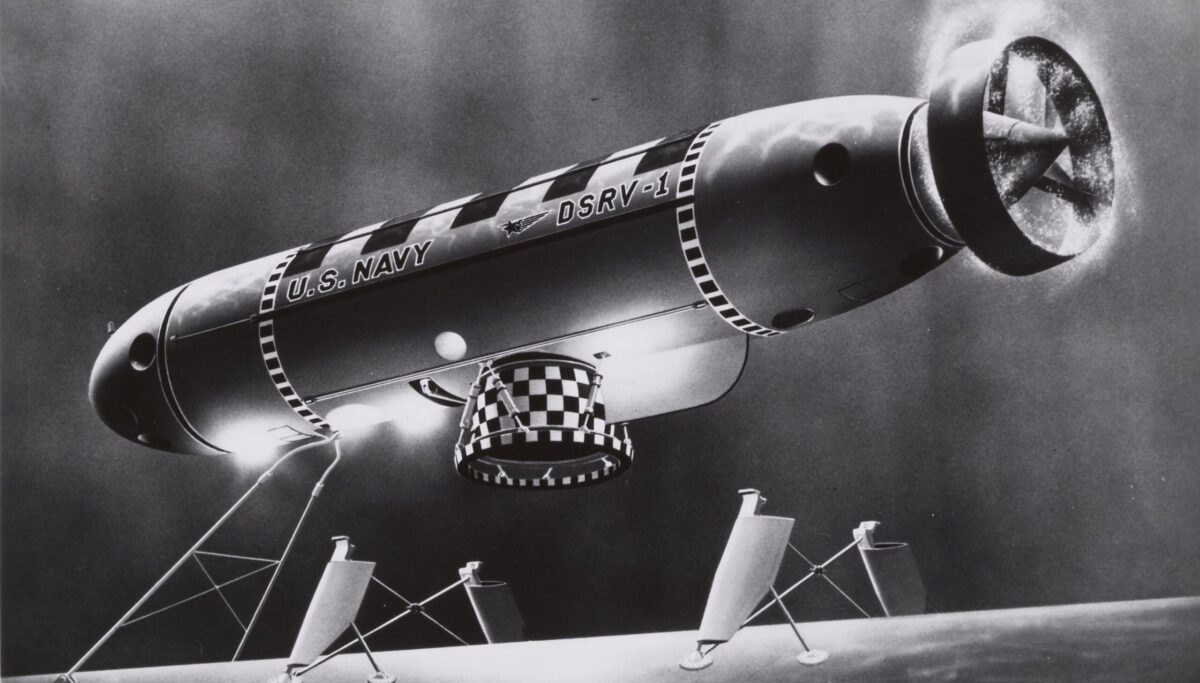
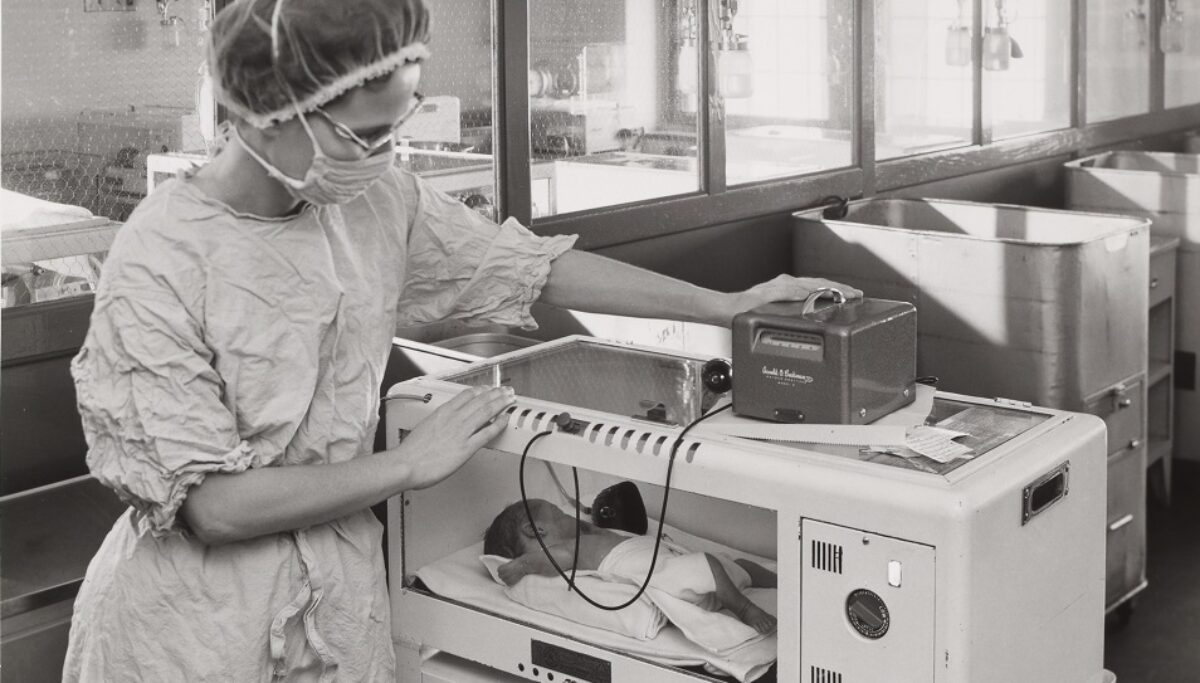
A Beckman model D oxygen analyzer monitoring an infant in an incubator, ca. 1960.
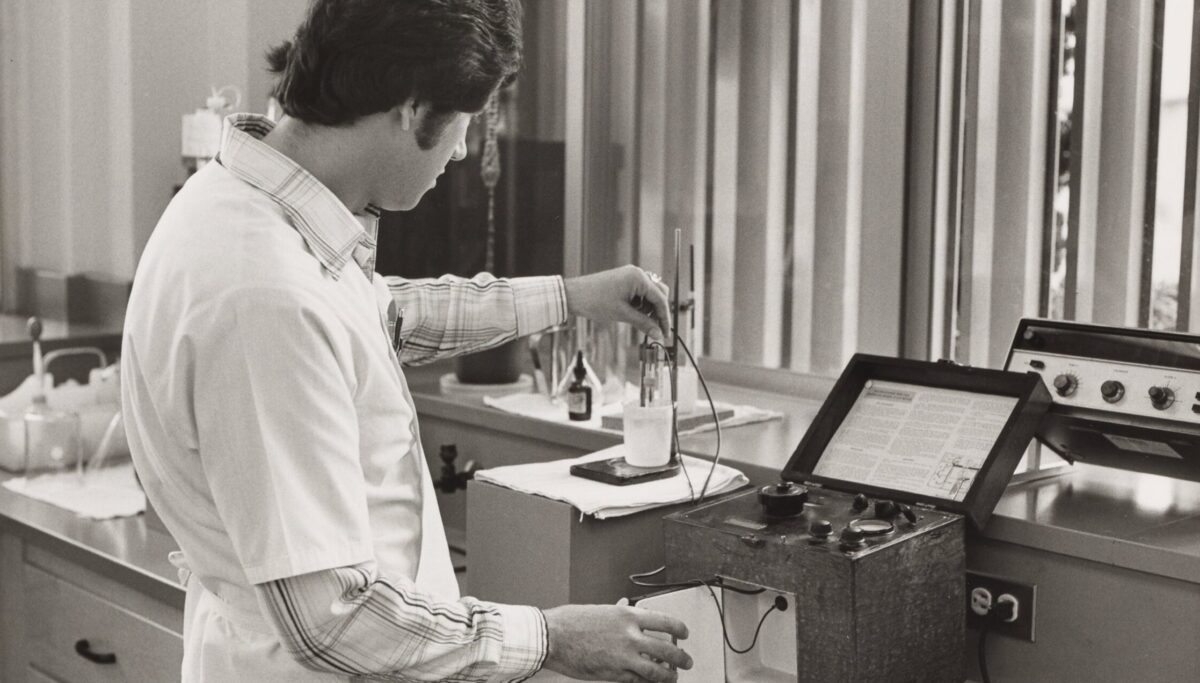
Arnold O. Beckman (1900–2004) is known for making instruments that accelerated the pace of laboratory research, creating and mobilizing analytical equipment to tackle pressing environmental and public health problems, and establishing research institutes and scholarship programs to support emerging fields and young scientists. His legacy lies not only in the instruments he created but in how those instruments continue to expand our view of the world.
WATCH
The Instrumental Chemist
This one-hour documentary highlights six of Beckman’s groundbreaking scientific instruments and features interviews with experts from such diverse fields as art conservation and oyster farming speaking about how their work benefitted from Beckman’s inventions and philanthropy.
In the first half of the 20th century, innovators were combining electronics with chemistry to create new measuring instruments. In the hands of researchers, scientists, and engineers, these electronic chemical instruments changed our world. Arnold Beckman was at the center of this scientific revolution, creating a thriving business that built a multitude of innovative instruments used in industry, Nobel Prize-winning research, and lifesaving medicine.
EXPLORE
Beckman Digital Archive
The Beckman Historical Collection contains more than 2,300 letters, advertisements, photographs, instrument manuals, instrument development documentation, and other materials documenting the history of Beckman Instruments, Inc. and Arnold and Mabel Beckman’s philanthropy and civic engagement.
PLAY
Instruments of Change
Discover the stories behind five of the most important scientific instruments of the 20th century with Instruments of Change. This interactive game explores the social, environmental, and scientific histories of Linus Pauling’s oxygen meter and Arnold Beckman’s iconic pH meter, EASE analog computer, oxidant recorder, and infrared spectrophotometer.
Play the game and learn about the profound impact these instruments have had on our world.
READ
Research
Research fellows who participated in the Beckman Legacy Project examined his legacy from multiple angles by investigating both Beckman’s own scientific work and the work of the institutes he funded.
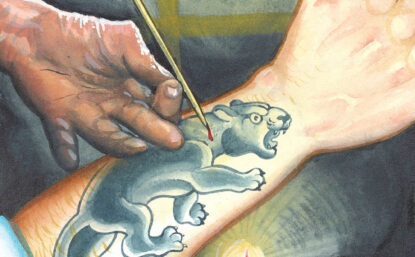
DISTILLATIONS MAGAZINE
Second Chances
Tattoos are more than decoration. But what do you do when the way you look no longer matches who you are?
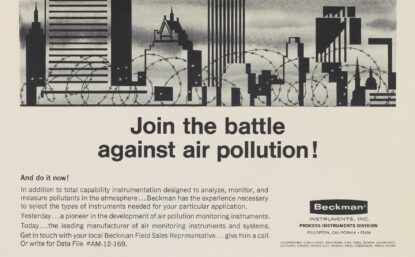
BLOG POST
Join the Battle Against Air Pollution!
Ads produced by Beckman Instruments in the 1960s showed the many ways scientists and regulators could see air pollution.

ORAL HISTORY PROJECT
Imagining Philadelphia’s Energy Futures Oral History Project
This project examined energy, climate change, and the future of Philadelphia.
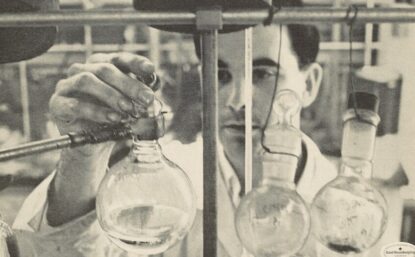
EXHIBITIONS
Picturing the Future
This ExhibitLab explored how 20th-century scientists imagined the future.
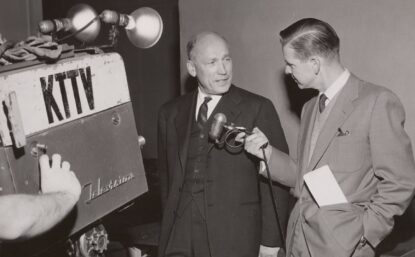
DISTILLATIONS MAGAZINE
A Covert Success Story
In the 1950s, a devious oil company created a television show to flatter industrialists and win their favor.
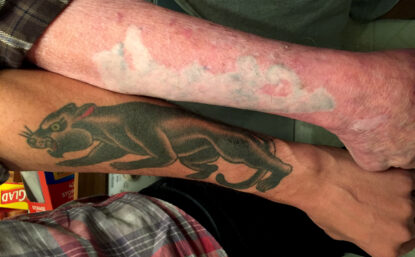
DISTILLATIONS PODCAST
Rethinking Ink
Trace the modern history of tattoo removal through the stories of his father—a retired sailor—and ex-gang members in California.
The Arnold O. Beckman Legacy Project is made possible with generous funding from the Arnold and Mabel Beckman Foundation.
